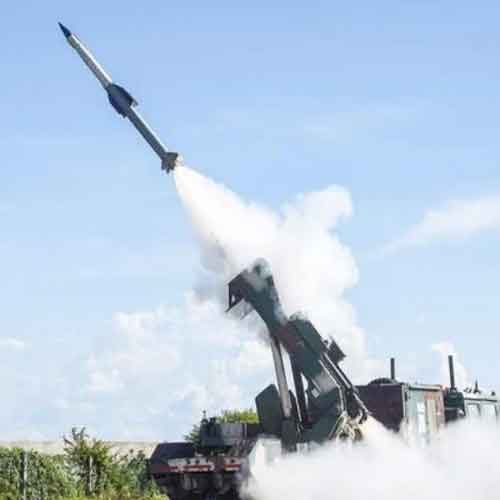
Amid rising military tensions between India and Pakistan, concerns over the economic fallout of prolonged engagement are mounting. However, historical trends and current indicators suggest India’s economy is well-positioned to withstand short-term shocks.
While geopolitical tensions can initially disrupt financial markets, India’s robust private consumption and ongoing public investment initiatives act as economic stabilizers. Historical parallels, such as the 1999 Kargil conflict, reveal that India not only maintained stability but outperformed initial IMF growth projections.
S&P Global Ratings, in a May 8 report, acknowledged the likelihood of continued tensions and possible military escalation. However, they projected minimal long-term damage to India’s credit profile, citing strong fundamentals and a stable fiscal trajectory.
Global agencies estimate a healthy 6.2–6.3% growth rate for India in FY 2026, reinforcing confidence in its structural resilience. Military spending tends to rise during periods of conflict, as seen in the aftermath of the 2001 Parliament attack, but economic growth has historically remained intact.
In contrast, Pakistan faces heightened pressure, particularly due to India’s decision to suspend the Indus Waters Treaty following the recent terror attack in Kashmir and Operation Sindoor. The Indus River, vital to Pakistan’s agriculture-dependent economy, underscores the strategic leverage India holds.
As the conflict evolves, the situation highlights the delicate balance between national security and economic continuity in South Asia.
See What’s Next in Tech With the Fast Forward Newsletter
Tweets From @varindiamag
Nothing to see here - yet
When they Tweet, their Tweets will show up here.



























